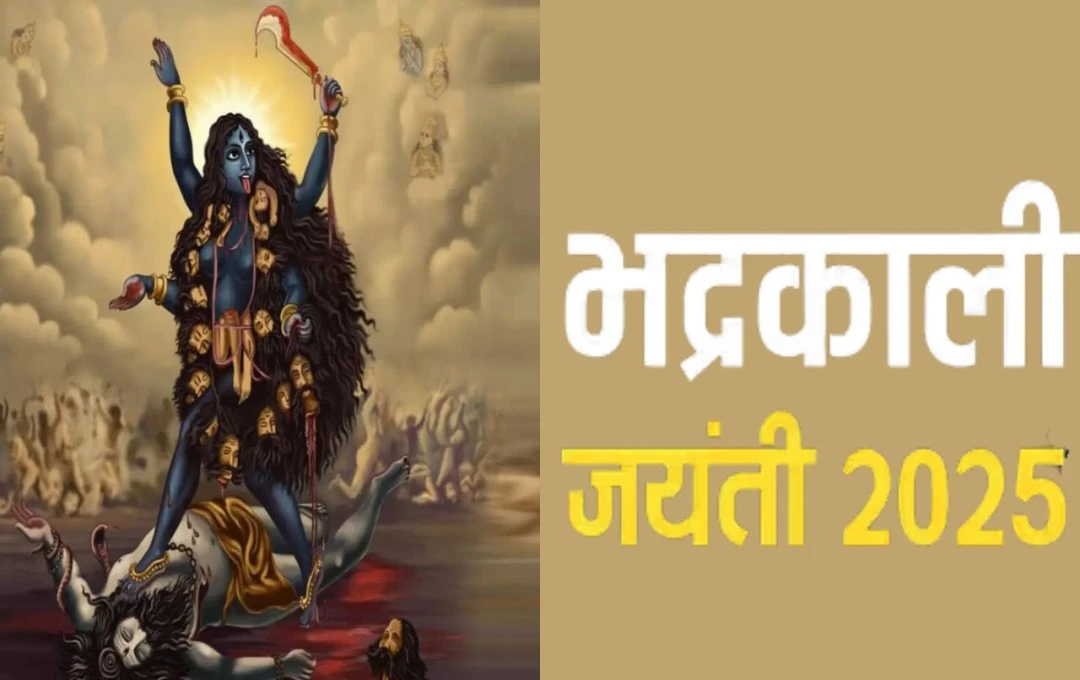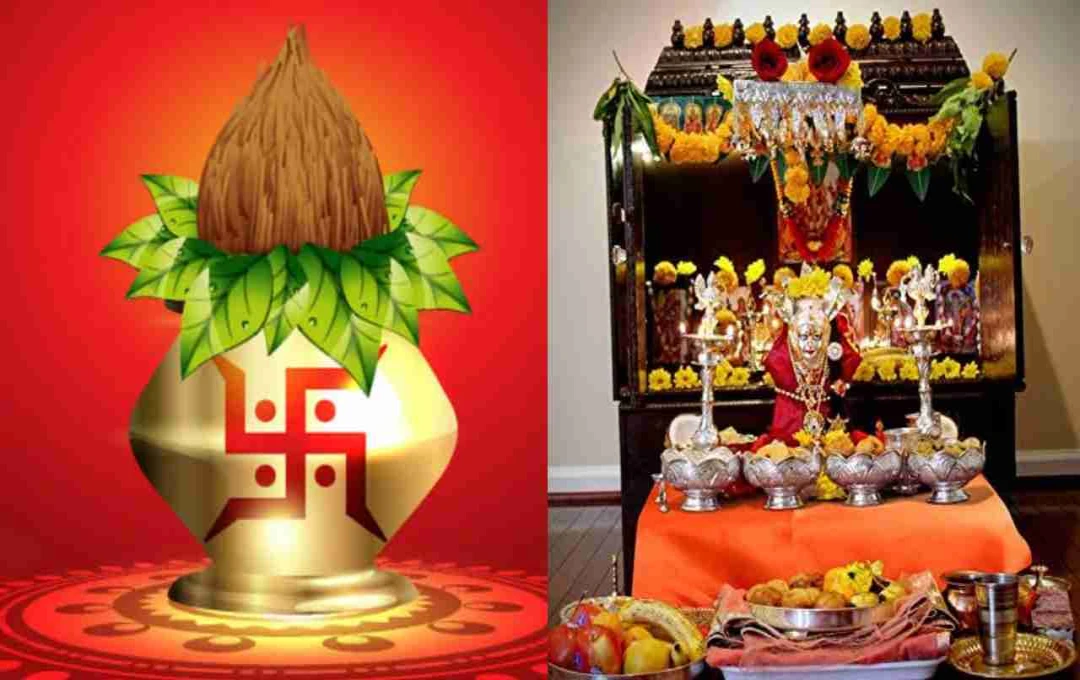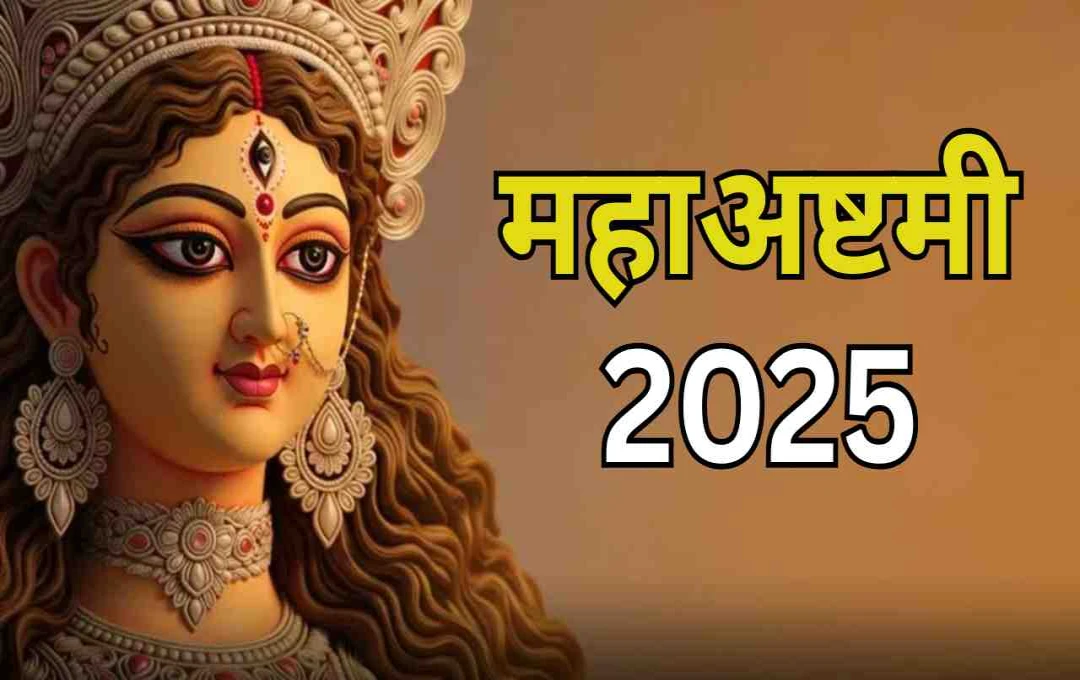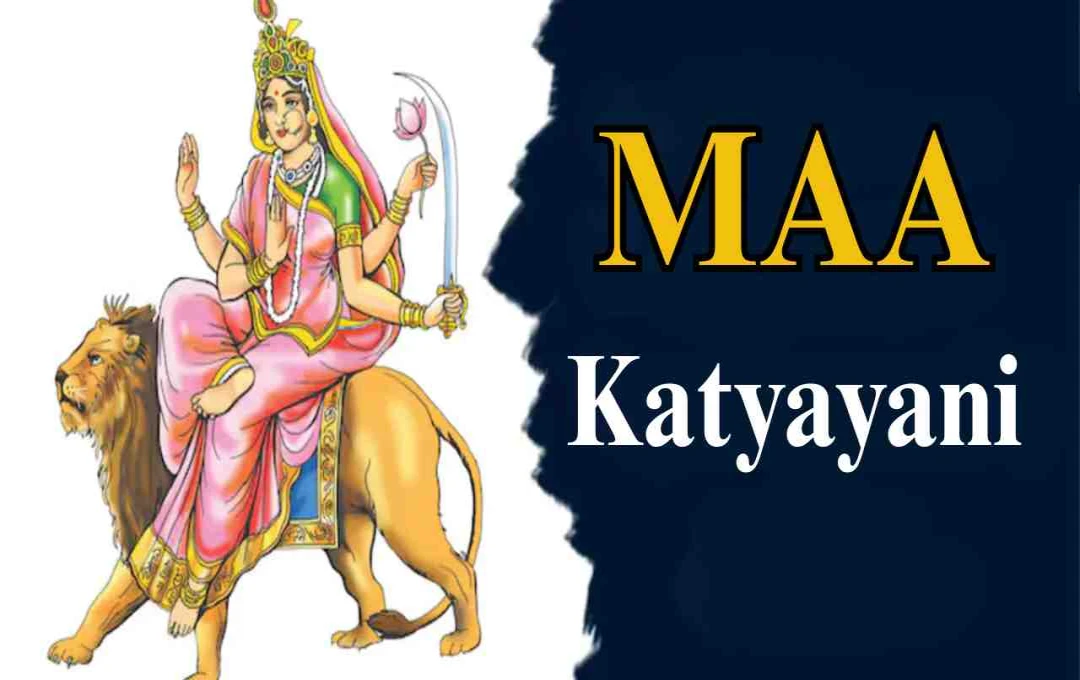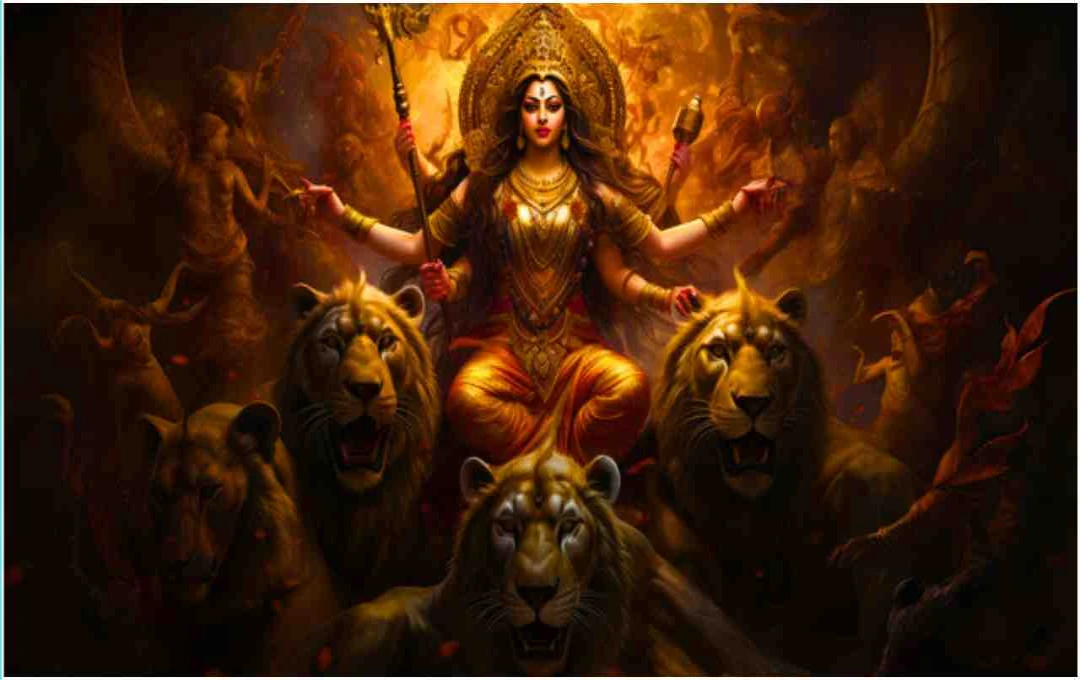On the day of Maa Durga Visarjan 2025, the idol of Maa Durga will be emotionally immersed on Vijaya Dashami. This marks the culmination of nine days of devotion and spiritual practice during Navratri. Traditions like departure on a palanquin (doli), Sindoor Khela, and Kalash Visarjan not only represent religious faith but also celebrate social connection and women's power.
Maa Durga Visarjan: This year, Maa Durga's immersion will take place on Vijaya Dashami, Thursday, October 2nd. After nine days of worship and spiritual practices during Shardiya Navratri, the idol of the Mother Goddess will depart on a palanquin (doli). In Bengal and Eastern India, devotees will bid farewell to the Mother Goddess with the ritual of Sindoor Khela. By participating in the Visarjan, devotees not only attain spiritual satisfaction but also experience familial and social connection.
Nine Days of Navratri and Maa Durga's Visarjan
Shardiya Navratri culminates on the day of Vijaya Dashami (Dussehra) 2025. After nine days of worship and spiritual practices dedicated to the nine forms of Mother Durga, the idol of the Mother Goddess is immersed on the Dashami Tithi. This tradition is not only associated with religious faith but is also an expression of social and cultural bonding.
This year, Vijaya Dashami falls on Thursday, October 2nd. According to religious beliefs, Maa Durga's departure will be on a palanquin (doli or palki), which is considered a symbol of happiness, peace, and harmony. This farewell, following the fasts, prayers, and devotion observed during Navratri, is a deeply emotional and significant moment for devotees.
Auspicious Timings (Shubh Muhurat) and Significance of Durga Visarjan
According to the Panchang (Hindu calendar), this year, Maa Durga's immersion is considered auspicious between 6:32 AM to 8:54 AM and again from 1:21 PM to 3:44 PM. These timings are considered Shubh Muhurat for Visarjan, and adhering to them is religiously beneficial.
Maa Durga's departure on a palanquin is determined by the day of the week (vaar) and her vehicle (vaahan). This year, being Thursday, Maa Durga will depart on a 'Nar Vaahan Doli' (human palanquin), which is considered a symbol of happiness, peace, and good fortune. This farewell signifies that the Mother Goddess blesses her devotees and promises her return next year.
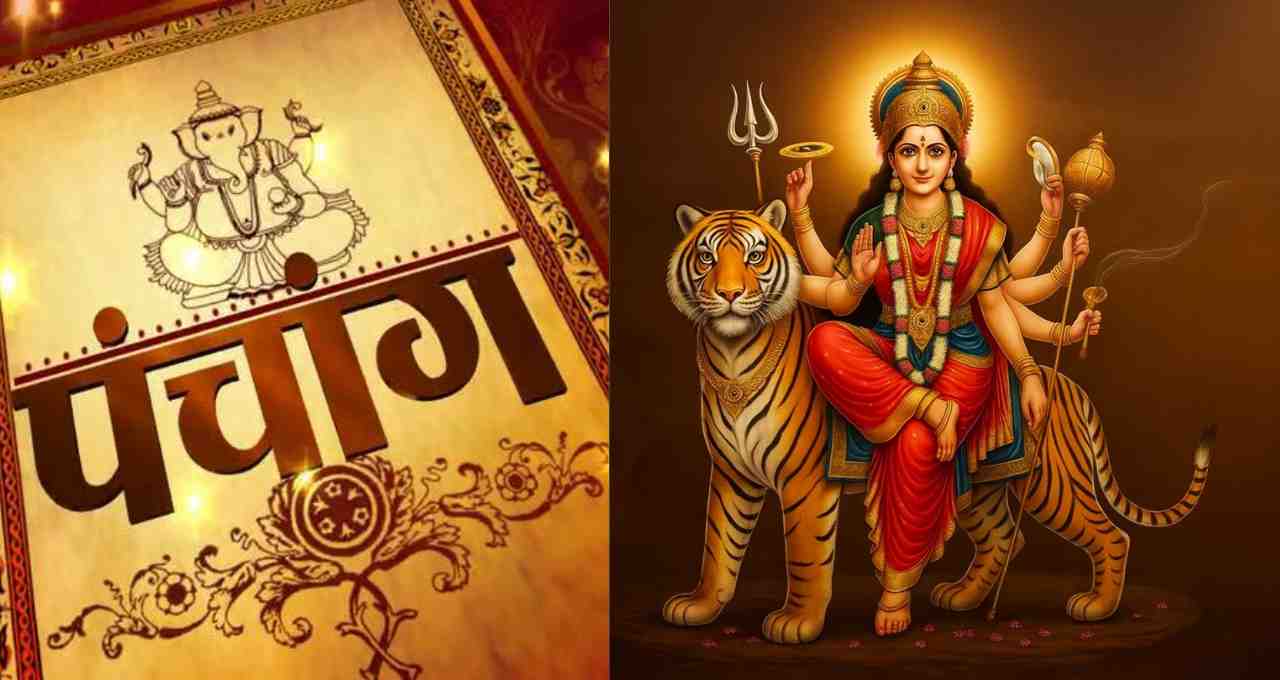
Sindoor Khela and the Celebration of Women's Power
In Eastern India, especially Bengal, the ritual of Sindoor Khela is performed just before the Visarjan. Married women offer vermillion (sindoor) at the feet of Maa Durga and then apply it to each other. This tradition not only symbolizes marital bliss and good fortune but also expresses women's power and collective devotion.
The significance of Sindoor Khela lies in its representation of maternal power and collective joy. On this occasion, people share their faith and devotion amidst the beats of drums and chants of 'Jai Karas'.
Rituals for Idol and Kalash Visarjan
On Vijaya Dashami, for the final worship and immersion, the 'Shodashopachar Pujan' (sixteen-step ritual worship) of Maa Durga's idol is performed. During this worship, rolin (red powder), akshat (rice grains), flowers, sweets, clothes, etc., are offered. Along with offering sindoor to the Mother Goddess, it is also applied to family members.
Namasteऽstu Mahadevi Maha Mayi Sureshwari. Pujaradhanakale cha punaragamanaya cha
This means: O Mahadevi, Mahamaya, Sureshwari! We salute you and pray for your return.
Sequence of the Visarjan Procession
During the Visarjan, the idol of Maa Rani is lifted amidst the beats of drums, chants of 'Jai Karas,' and shouts of victory. It is respectfully carried to a sacred river, pond, or artificial immersion tank. The idol is then slowly immersed into the water.
The materials offered to the Goddess during the worship are also immersed along with the idol. The coconut placed on the Kalash is removed and given to a married woman in the family or distributed as Prasad. Sprinkling the water from the Kalash throughout the house using mango leaves is considered auspicious. The remaining water should be poured at the base of a sacred tree like the Peepal.
The coin kept in the Kalash is tied in a red cloth and placed in a locker or a place of wealth. Thus, all steps of the Visarjan are performed not only according to religious beliefs but also to bring positive energy and prosperity to the home and family.
Why is Visarjan Significant?
Maa Durga's Visarjan is not merely limited to immersing the idol in water. It holds significant spiritual and social importance for devotees. This process is a complete testament to devotion and reverence towards the Goddess. It also signifies social bonding, family ties, and collective celebration.
Participating in the Visarjan not only brings spiritual satisfaction but also provides an opportunity for the community to come together and uphold folk traditions. Furthermore, it symbolizes the anticipation and preparation for Maa Durga's return during Navratri next year.






